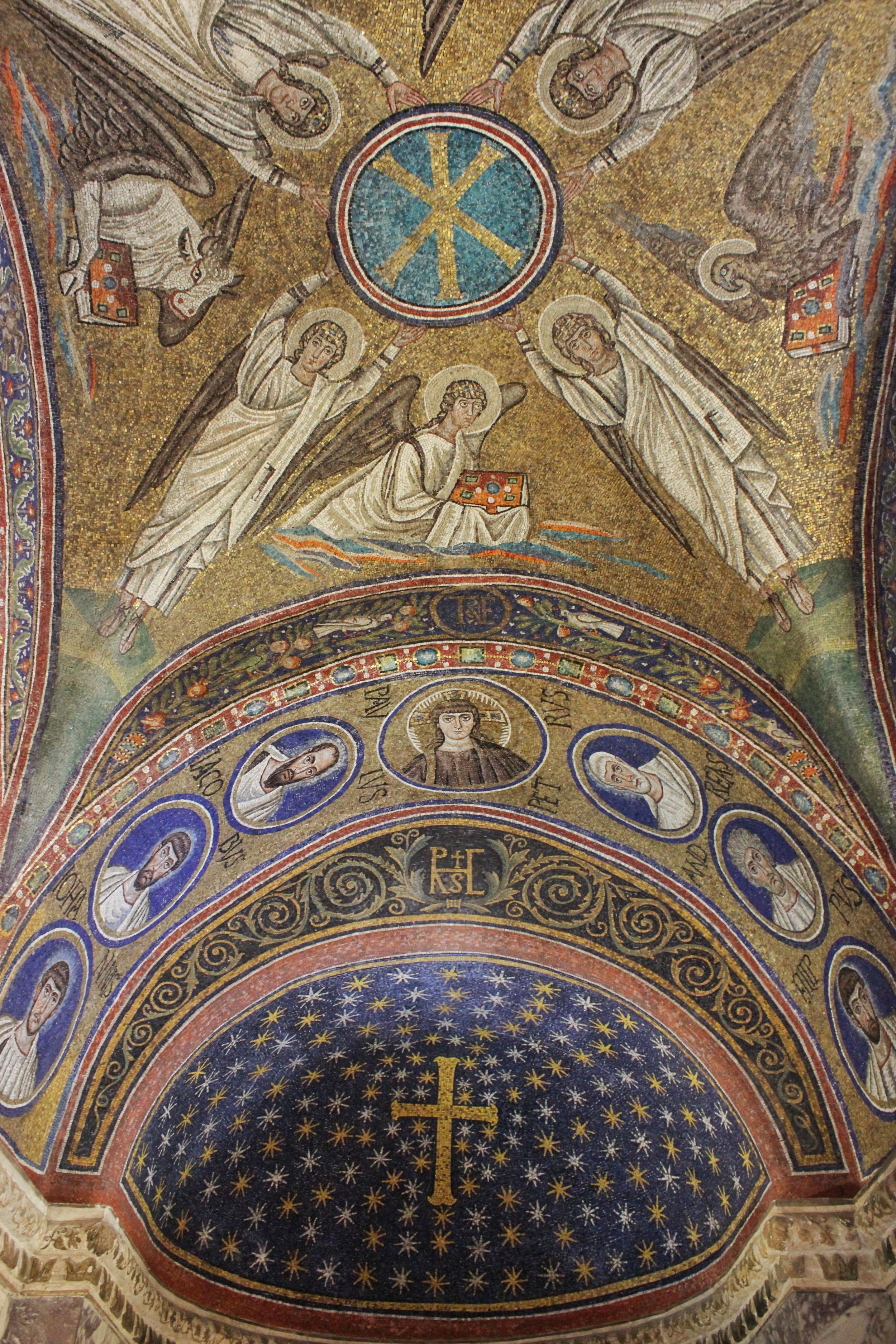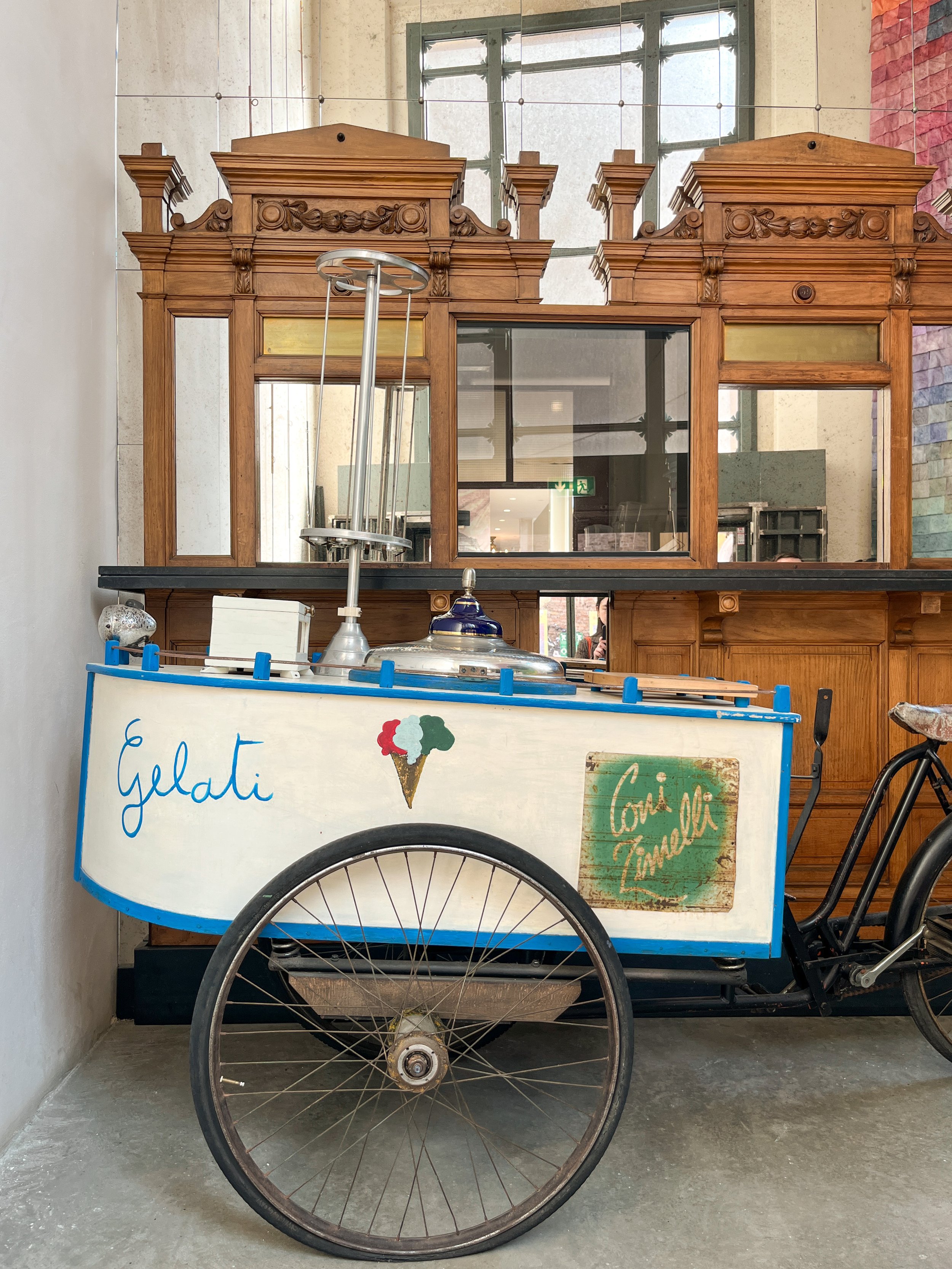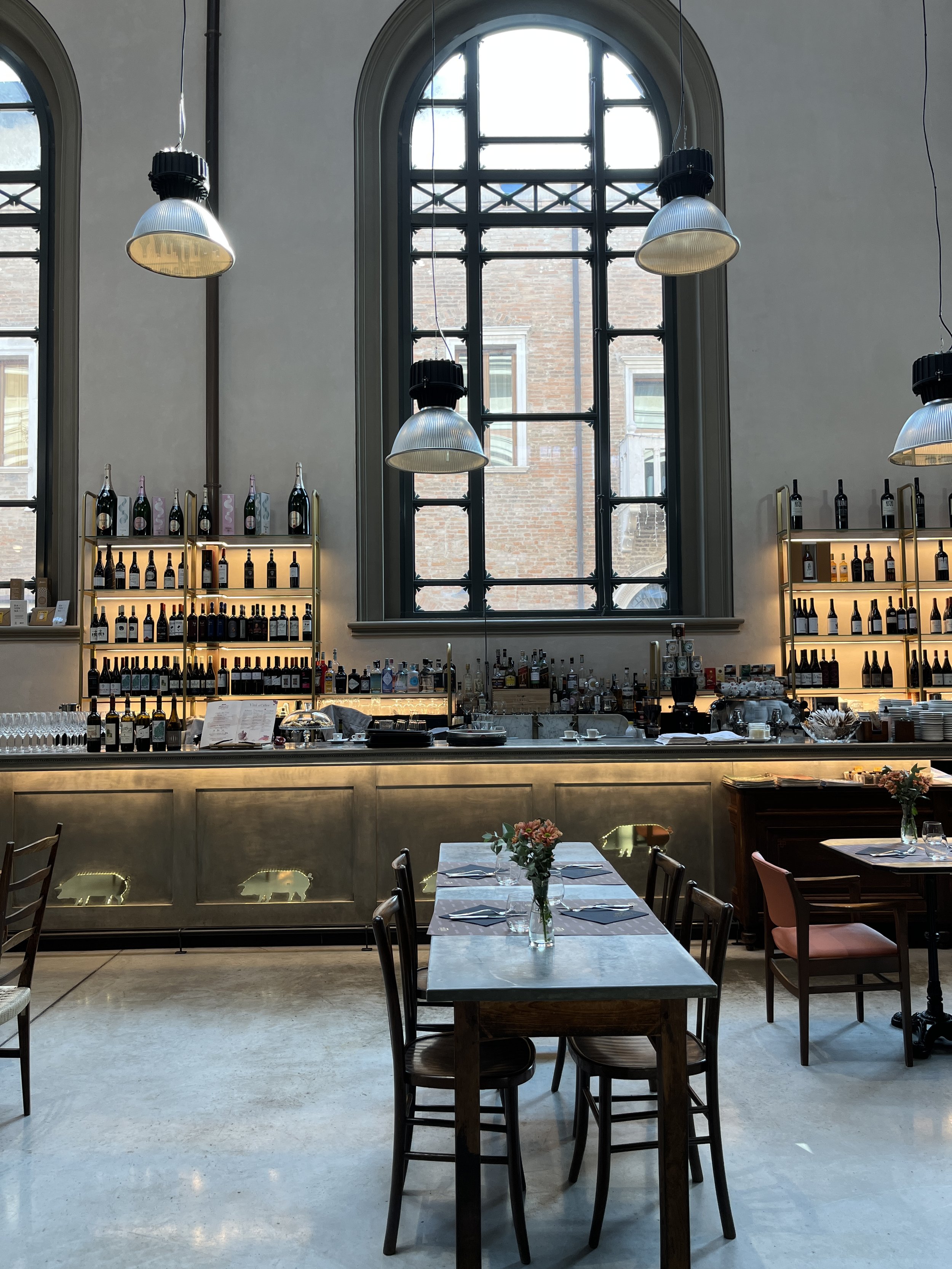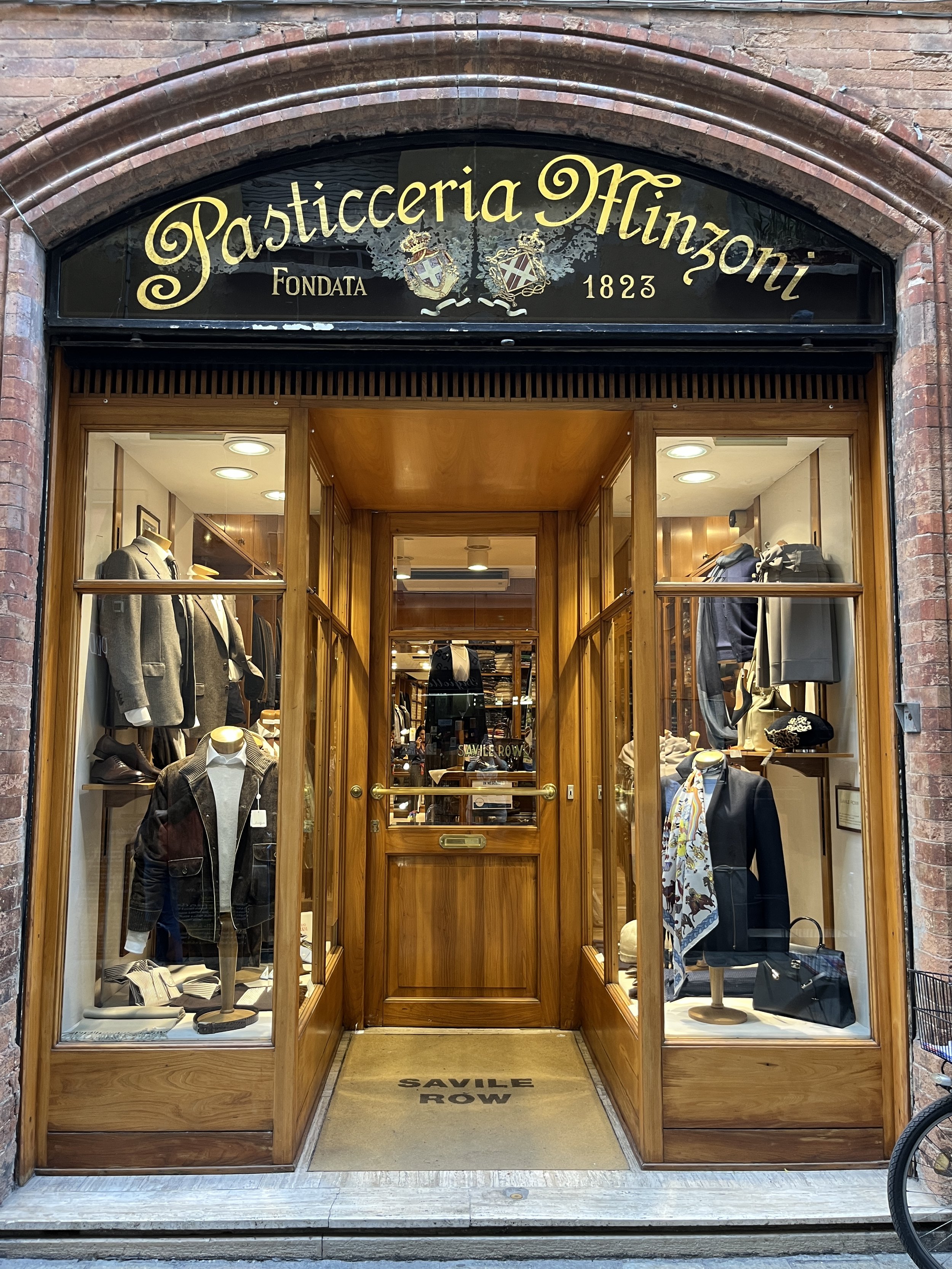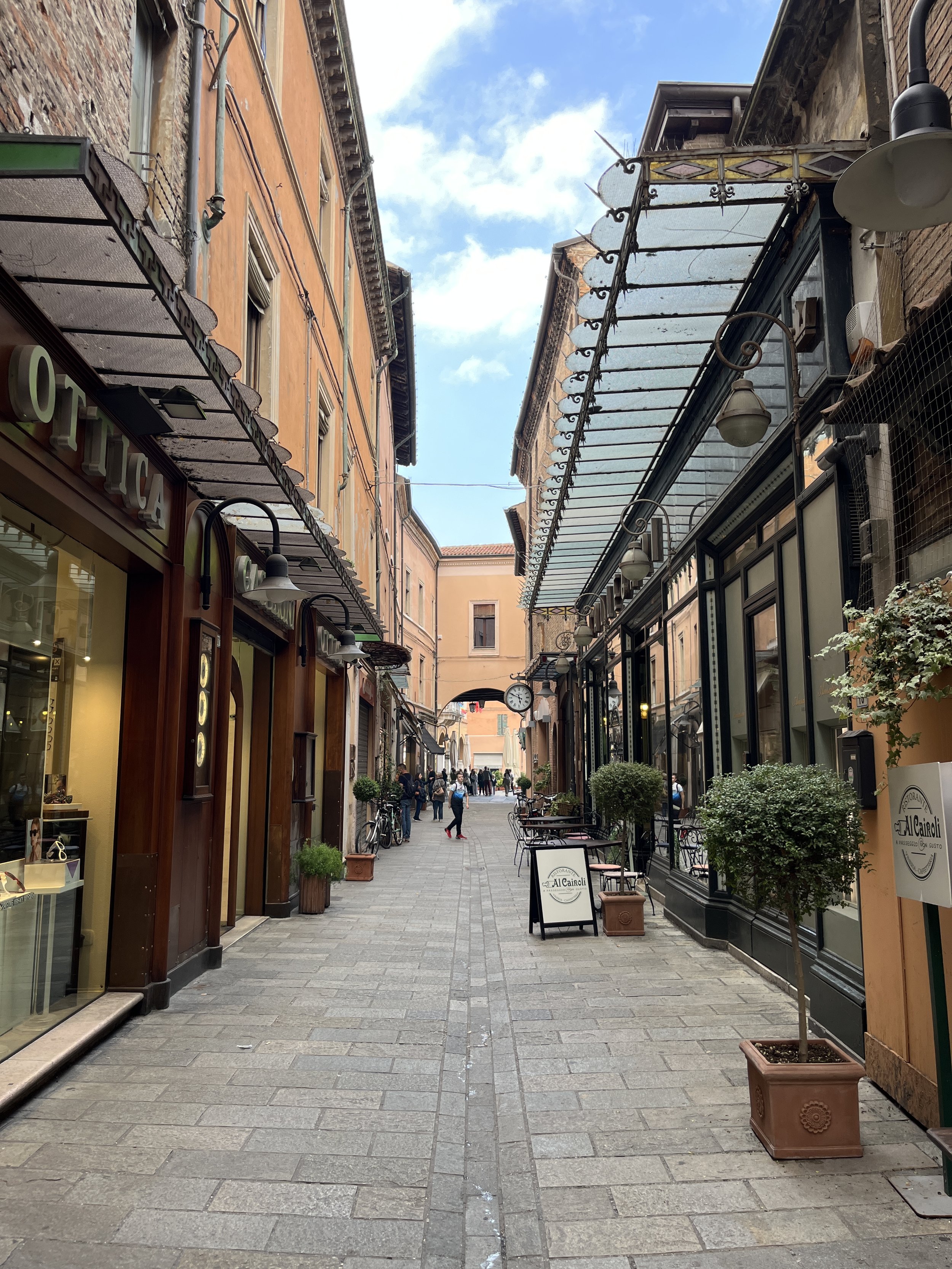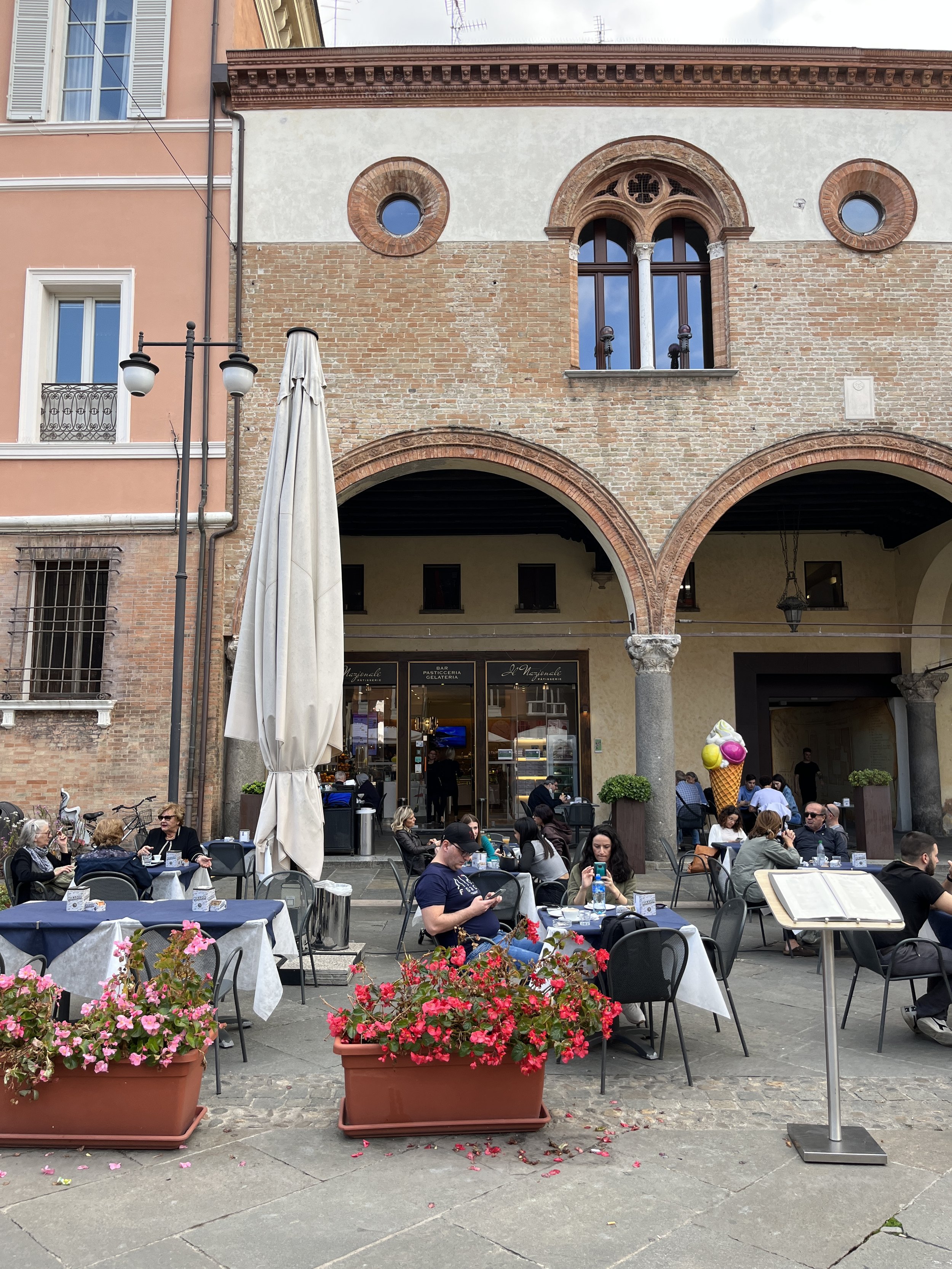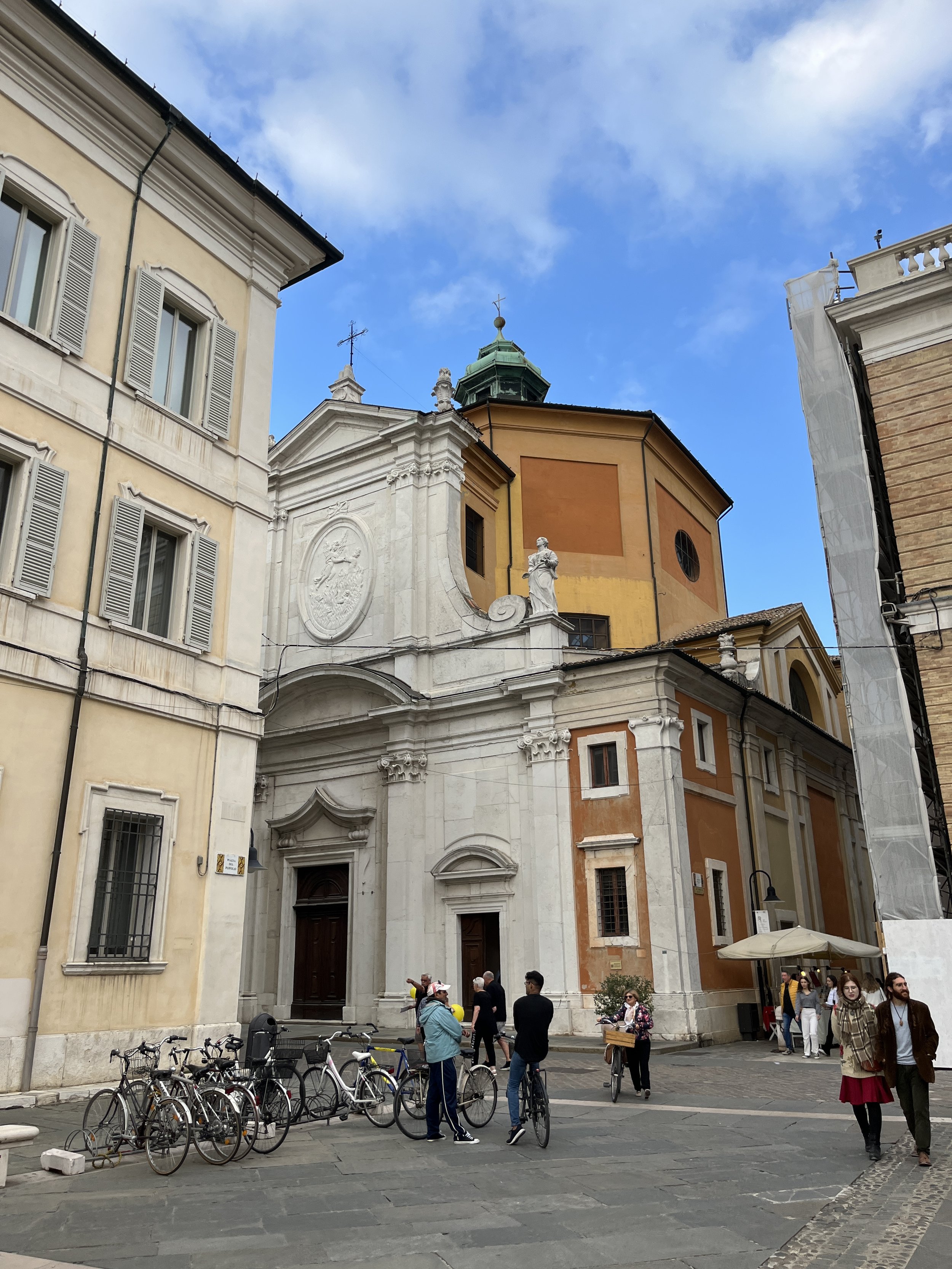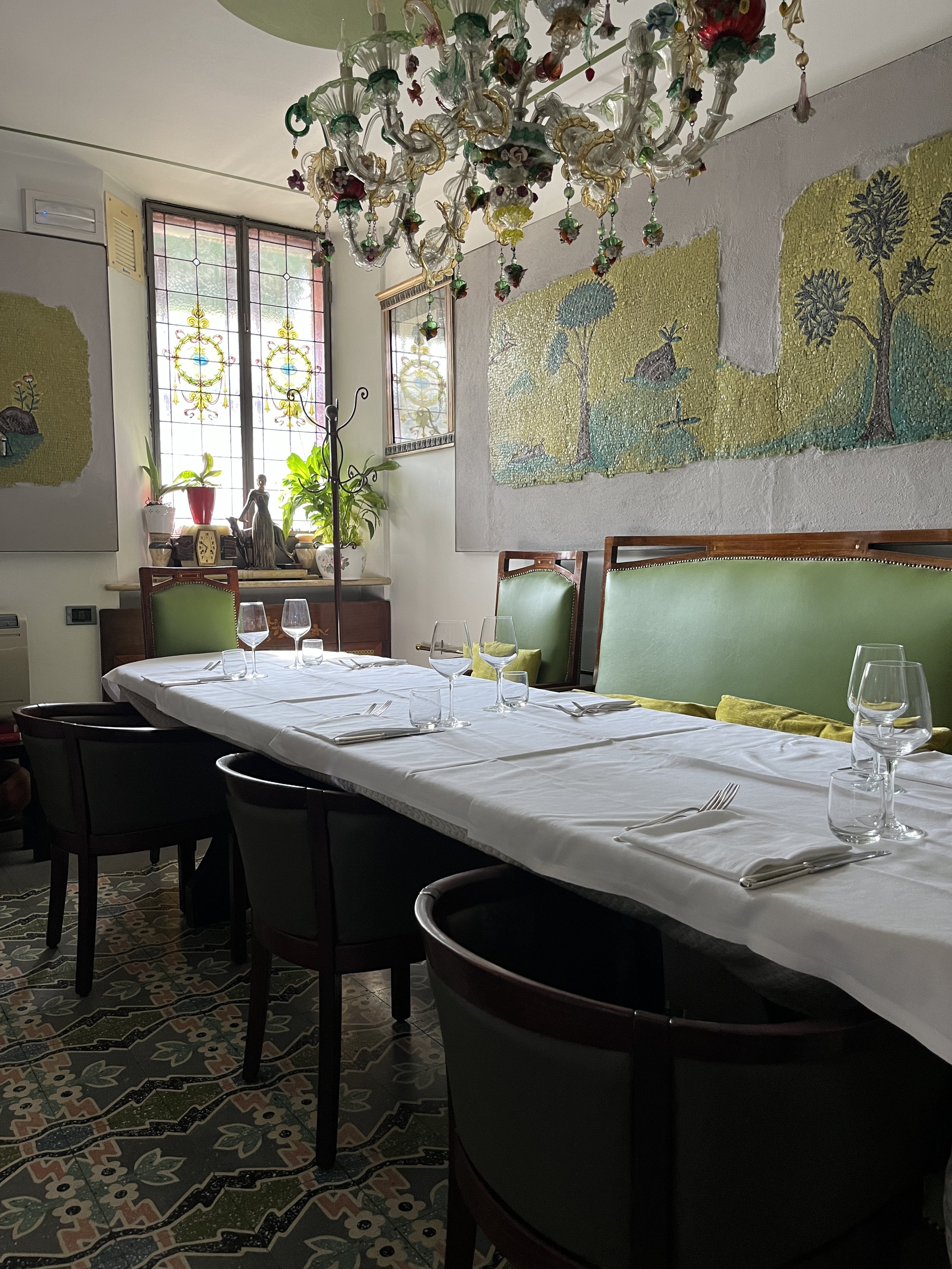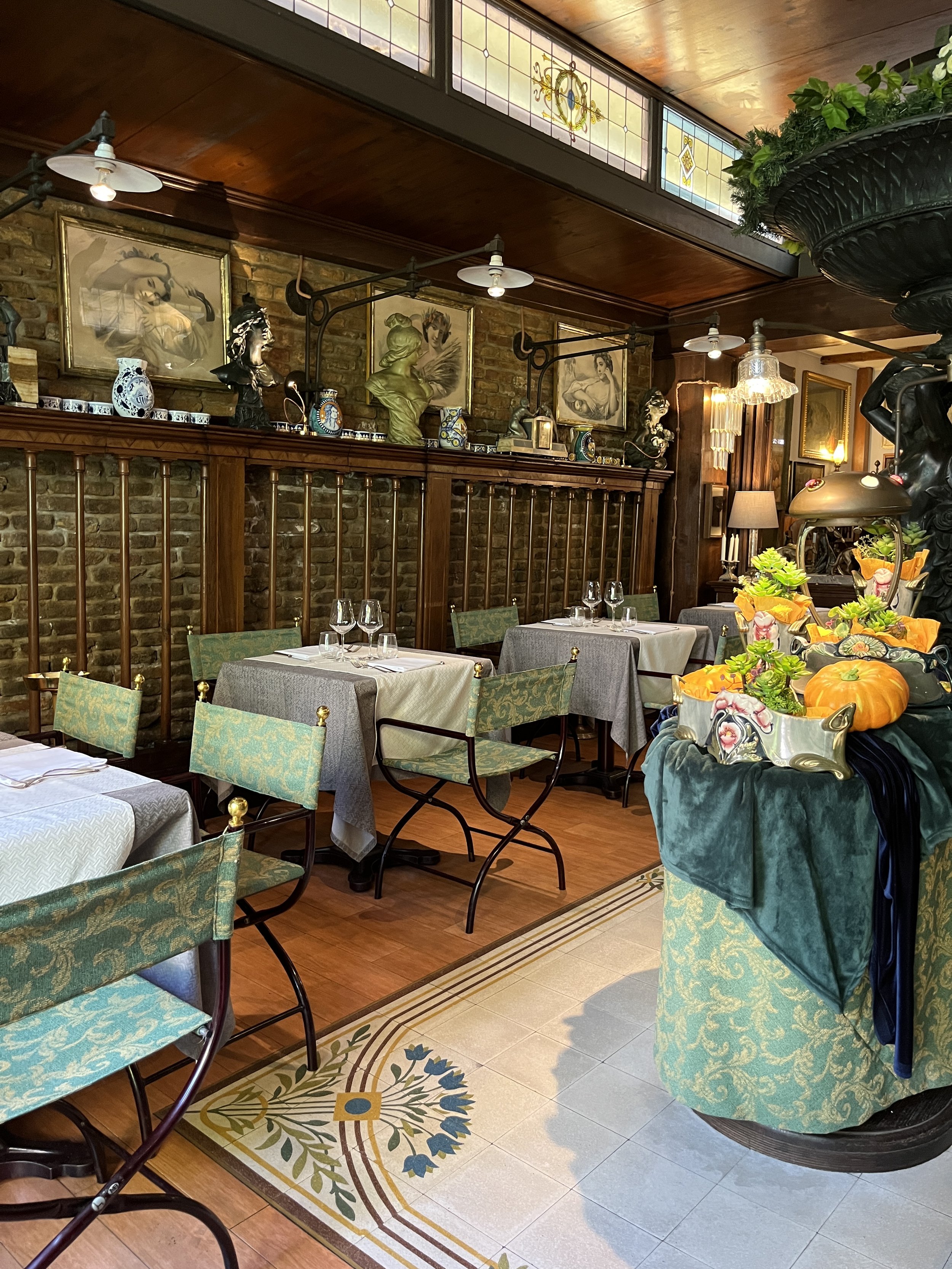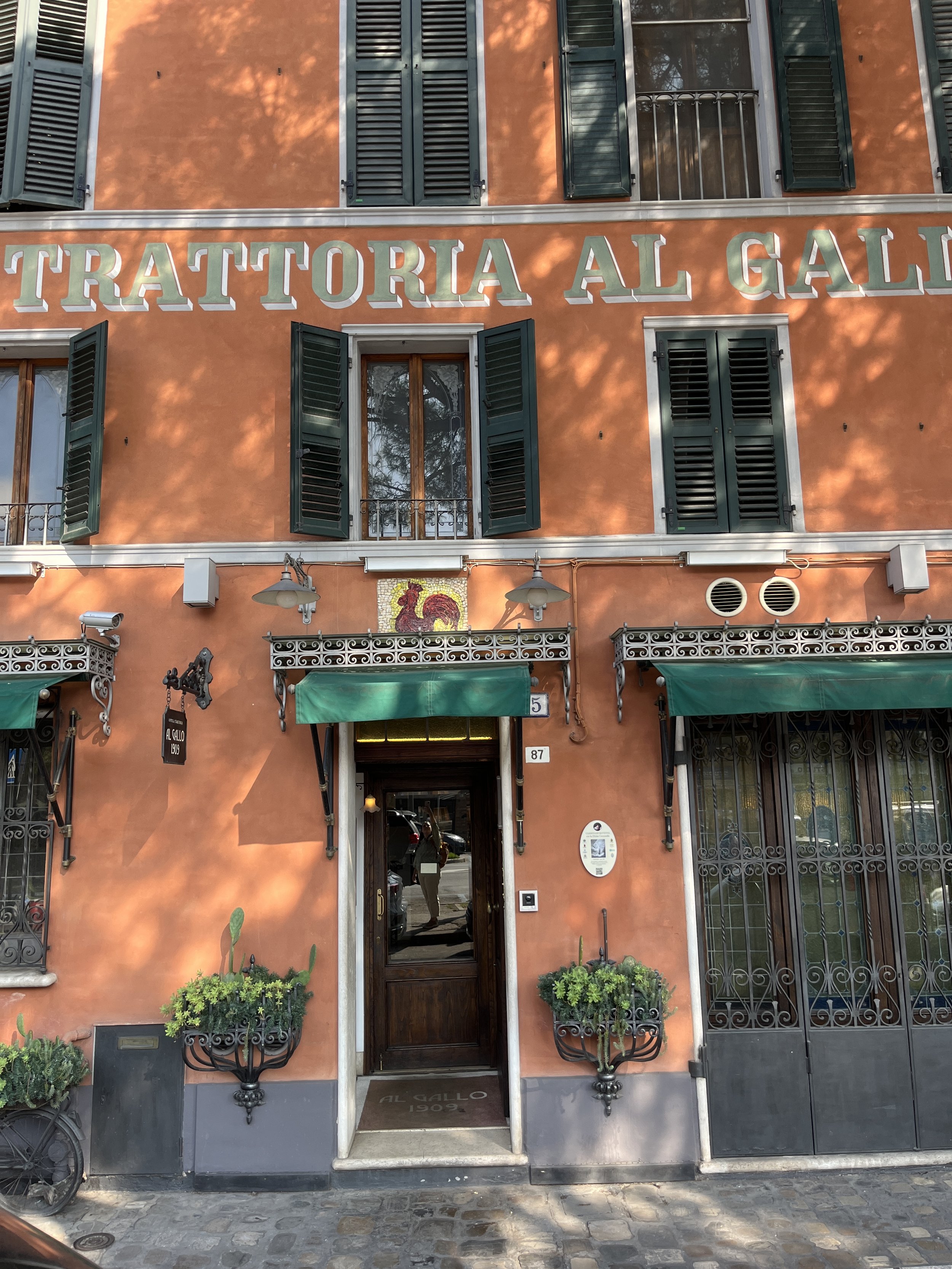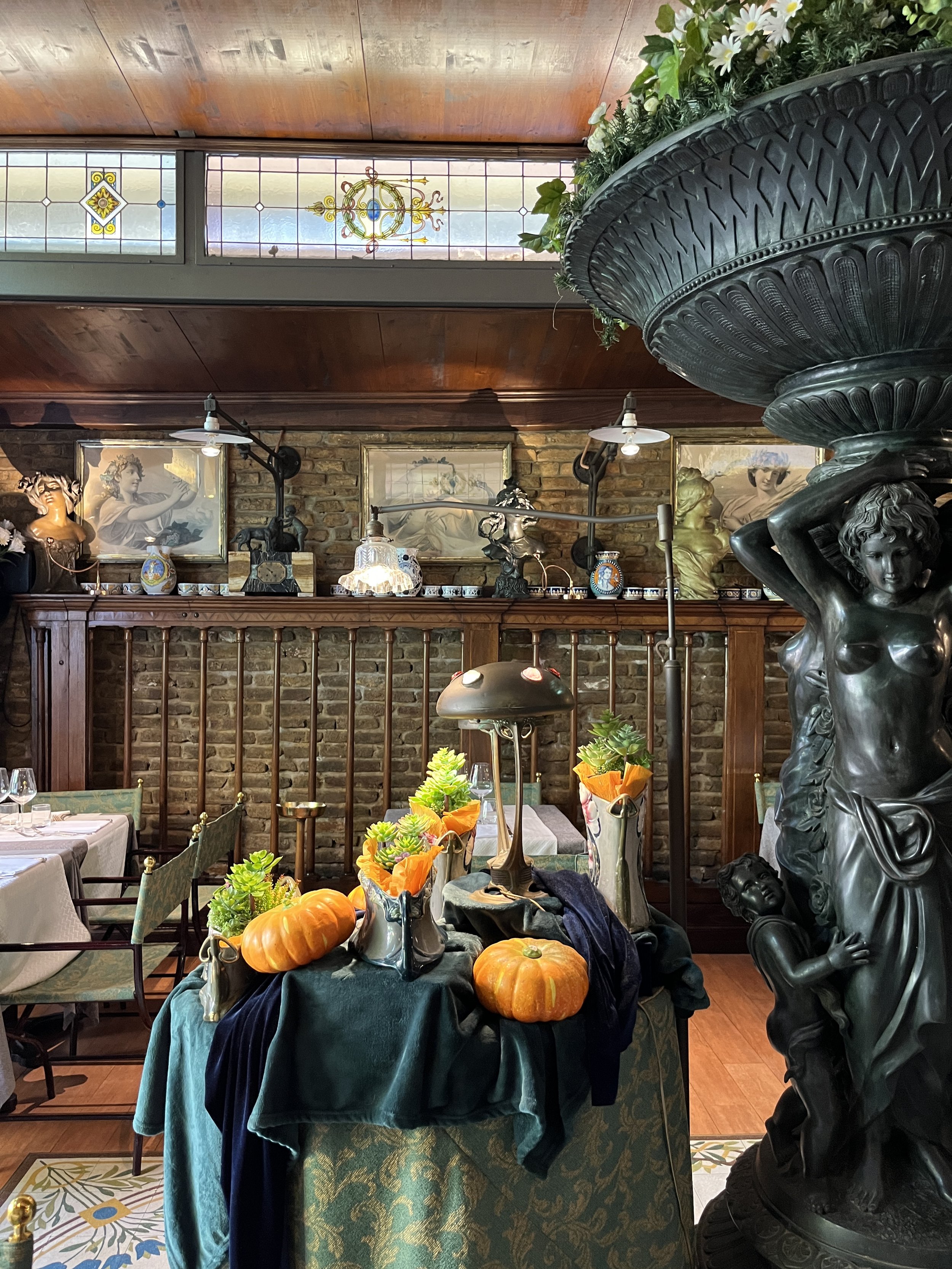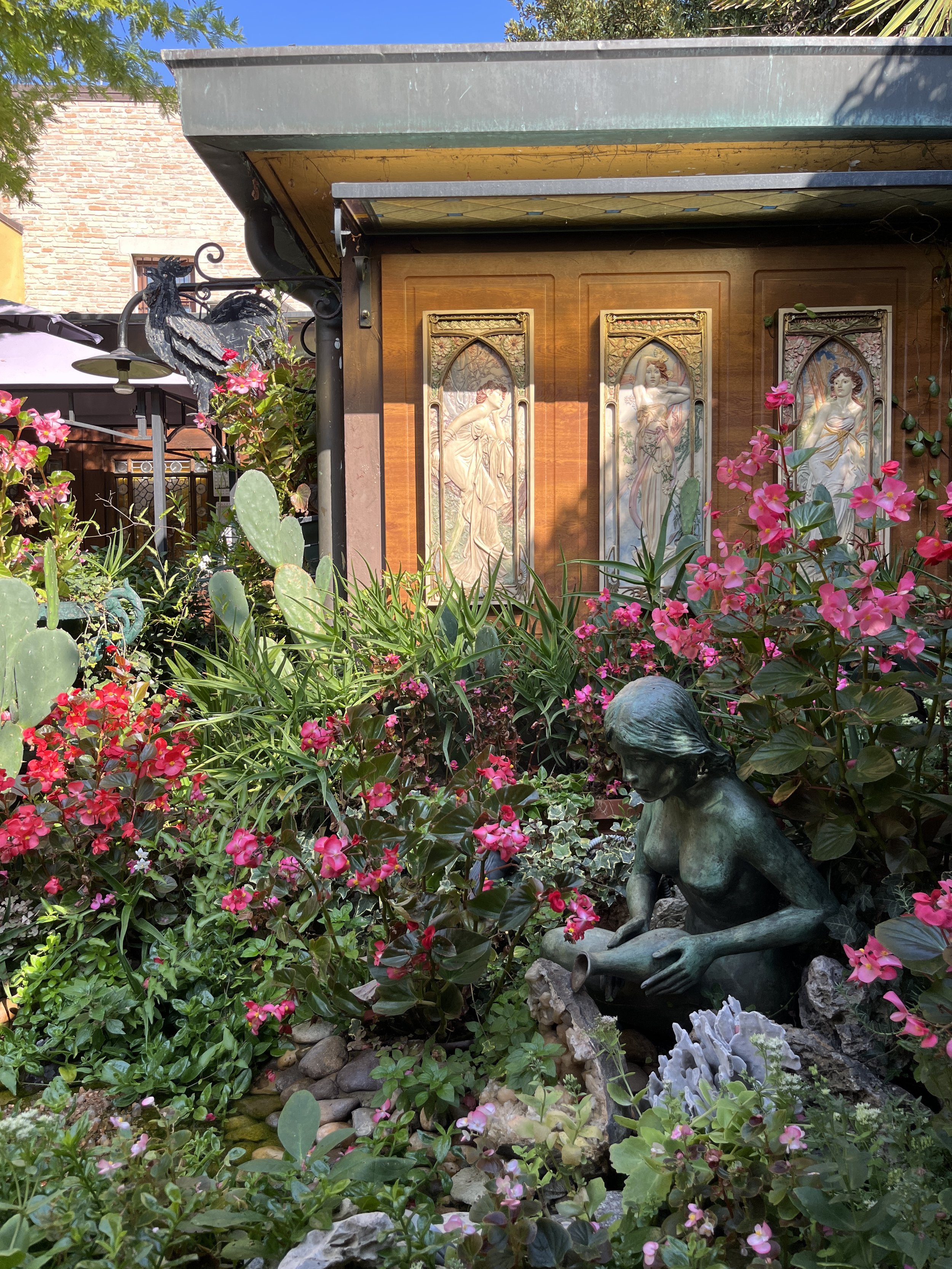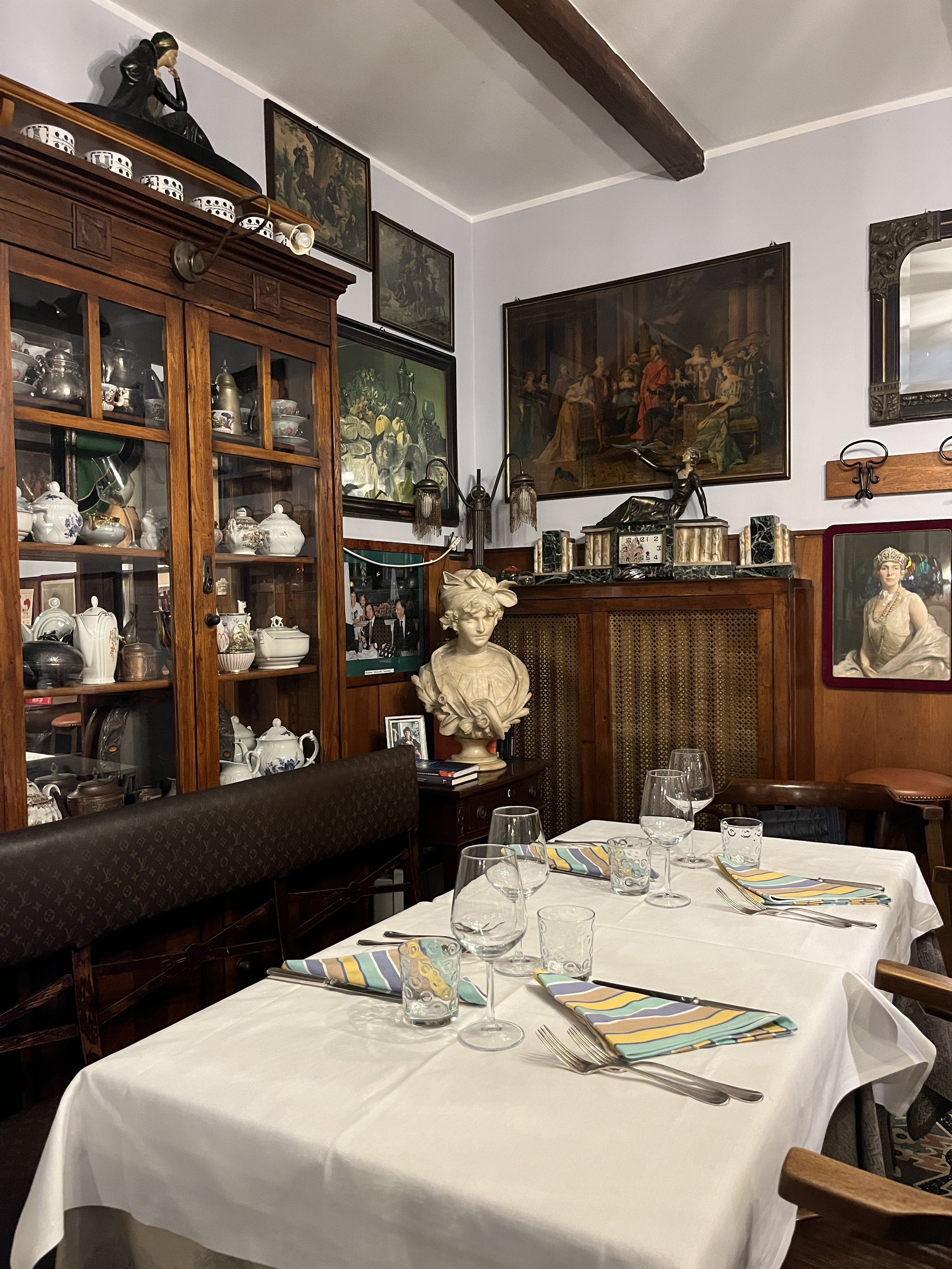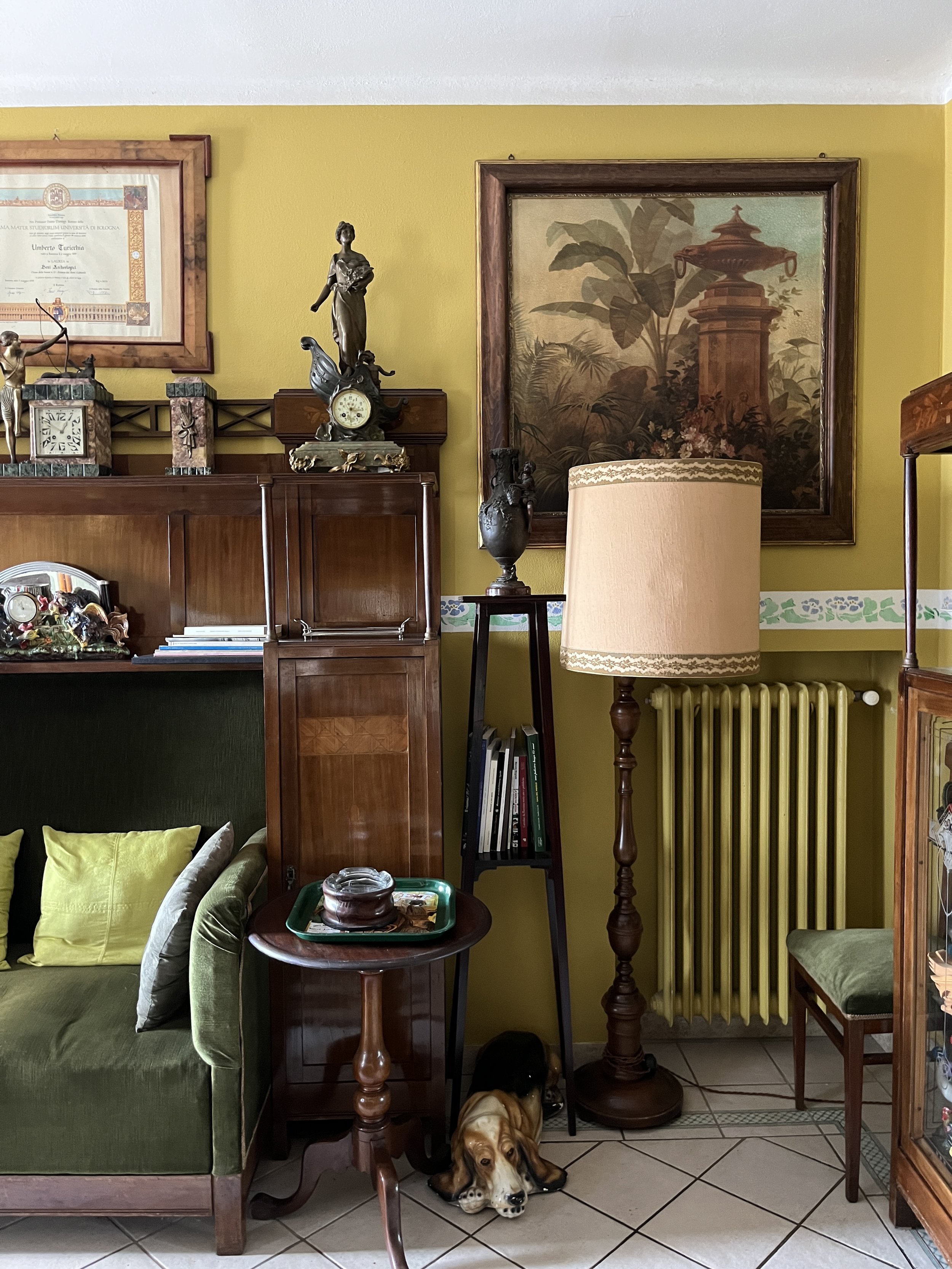A Day Trip to Ravenna's Mosaics: Exploring Italy's Hidden Byzantine Gem from Bologna or Florence
Welcome to Ravenna, a hidden gem of northern Italy that will transport you back in time to the days of the Byzantine Empire. Tucked away in the Emilia-Romagna region, Ravenna boasts some of the world's most breathtaking mosaics, each one a stunning masterpiece of ancient artistry. The city's intricate and vibrant mosaics have earned it a UNESCO World Heritage Site designation, making it a must-see destination for anyone visiting Italy. Best of all, Ravenna is a convenient day trip from two of Italy's most popular cities, Bologna and Florence.
While it may seem like a secondary priority to travel to Ravenna while in a world-class art city like Florence, don’t discount it. The time I spent surrounded by the glittering mosaics of Ravenna was one of the most memorable heritage experiences of my life. The mosaics are magical—otherworldly—and to consider the thousands of people who have stood to face them over the centuries is astounding.
History of the Byzantine mosaics in Ravenna
Prior to taking a Byzantine art history class during my undergrad, I assumed that the time period was dull and the art uninteresting. Little did I know that there is mystical undercurrent beneath the art of the period and that it spread so far beyond Constantinople to have resulted in artistic jewels such as the mosaics in Ravenna, Italy.
Ravenna’s mosaics date back to the 5th and 6th centuries when Ravenna was the capital of the Western Roman Empire. Ravenna remained under Byzantine rule until the 8th century, and during this period, it flourished as a centre of art and architecture.
The Byzantine Emperors commissioned numerous churches and mausoleums in Ravenna, all adorned with intricate mosaics that demonstrated the exceptional skill of local artists. The mosaics are characterized by their intricate designs, brilliant colors, and shimmering gold leaf, all of which combine to create stunning visual effects. Many of the mosaics depict religious scenes and figures, such as Christ, the Virgin Mary, and the Apostles, while others portray secular themes, including hunting and courtly life.
The mosaics in Ravenna are considered a unique blend of Roman, Byzantine, and Christian styles, making them one of the most important and distinctive examples of early Christian art in the world. In recognition of their significance, Ravenna's early Christian monuments were declared a UNESCO World Heritage Site in 1996.
Today, visitors can explore Ravenna's incredible mosaic artistry by visiting the city's many churches and mausoleums, which are open to the public. The most famous of these is the Basilica di San Vitale, which is home to some of the finest examples of early Christian mosaic art in the world. The Mausoleo di Galla Placidia, the Battistero Neoniano, and the Basilica di Sant'Apollinare Nuovo are also must-see sites for mosaic enthusiasts.
Travelling to Ravenna from Bologna or Florence
I visited Ravenna as an easy day trip from Bologna by train, which took a little over an hour. Ravenna is also reachable from Florence, and while a little further away, I can’t recommend a visit highly enough. It’s worth the effort, and could be an excellent weekend trip from Florence.
From Bologna:
Trains run frequently from Bologna Centrale station, with the journey taking around an hour. The earliest train departs at around 5:00 a.m. and the latest train leaves at around 10:30 p.m. Buses also run regularly from Bologna's Autostazione, with the journey taking approximately 1.5 hours. If you prefer to drive, Ravenna is around 80 kilometers from Bologna, and the journey takes just under an hour.
From Florence:
The journey takes approximately 2.5 hours and requires changing trains in Faenza. Trains run regularly throughout the day from Florence's Santa Maria Novella train station, with the earliest train departing around 6:30 a.m. and the latest train leaving at around 8:30 p.m. Alternatively, you can rent a car and drive the approximately 150-kilometer distance in just under two hours.
The Dante Train:
While on the platform in Ravenna, I noticed an old, wood-panelled train heading to Florence on an adjacent platform. Come to find out, it was a concept called Il Treno di Dante, a seasonal train journey following Dante’s progression from Florence to Ravenna after being exiled. It stops in several locations including Ravenna. It looks like a glorious day out and truly charming way to travel to Ravenna. I don’t know the details going forward, but this is well worth researching. More here.
Itinerary for visiting the Ravenna mosaics
There are several different sites to see in Ravenna, but luckily they are all located in the old town (save a few outside of town, but these are optional) and the city itself is very walkable. The primary sites are the Basilica di San Vitale, Mausoleo di Galla Placidia, Battistero Neoniano, and Basilica di Sant'Apollinare Nuovo.
Each site has an entrance fee of a few euros, but it is also possible to buy a combined ticket at the tourism office at the St. Andrew Chapel. I was pleasantly surprised by the affordability of the visit and only spend around 13 euros visiting all the sites.
The Arian Baptistery
The Arian Baptistery, or Battistero degli Ariani, is a small but impressive building located just a short distance from Ravenna's more famous mosaics. It looks unassuming from the outside, and the entrance ticket is bought from a small machine that looks a bit like a parking meter. The 5th century baptistery is known for its unique blend of Christian and pagan motifs. The central dome is decorated with a mosaic of Christ being baptised, while the walls feature pagan motifs, such as peacocks and a zodiac wheel.
The baptistery is named after the Arians, a sect of Christianity that rejected the doctrine of the Holy Trinity and instead believed that Jesus was a created being. Today, the Arian Baptistery is one of the best-preserved examples of Arian architecture in Italy and offers visitors a glimpse into the religious history of Ravenna. While perhaps the least impressive of the mosaic sites, the Arian Baptistery is a good place to start as you are just dipping your toe into the glory of Ravenna!
The Baptistery of Neon
The Battistero Neoniano, or Baptistery of Neon, is another popular site in Ravenna. The octagonal building is one of the oldest Christian monuments in Ravenna and is known for its breathtaking mosaics, including a depiction of the Baptism of Christ. This one is more ornate than the previous baptistery, and there are lots of beautiful ornamental details included on the sides of the primary mosaic.
Cappella Arcivescovile di Sant'Andrea
The Cappella Arcivescovile di Sant'Andrea, or Archbishop's Chapel of St. Andrew, is a small but fascinating chapel located in the heart of Ravenna. The chapel was built in the sixth century and is known for its stunning mosaics, which cover the walls and ceilings of the building.
The mosaics depict scenes from the life of St. Andrew, as well as portraits of the archbishops who commissioned the building. The chapel also features intricate marble columns and a beautifully carved wooden ceiling. One of the highlights of the chapel is the depiction of the Transfiguration of Christ, which is considered one of the most impressive mosaic works of the early Byzantine period.
Mausoleum di Galla Placidia
Another must-see site in Ravenna is the Mausoleo di Galla Placidia, a small, unassuming building that houses some of the city's most impressive mosaics. The mausoleum is decorated with shimmering blue and gold mosaics that create a stunning celestial effect. This is at the same site as the Basilica of San Vitale, below.
Basilica di San Vitale
The most famous of these sites is the Basilica di San Vitale, which is the jewel of Ravenna and one of the most significant early Christian monuments in the world. The basilica is covered with 6th century mosaics depicting scenes from the Old and New Testaments, as well as portraits of the Byzantine Emperor Justinian and his wife, Theodora.
The basilica is a jewel box, with gold and green light glittering through the space. I personally love this set of mosaics because of the depiction of Justinian and Theodora, the rulers of the Byzantine Empire at this point in time.
The depiction of Theodora in San Vitale
The mosaic is located on the south wall behind the altar, facing the image of Emperor Justinian I, her husband. The mosaic depicts a richly dressed Theodora holding a chalice and wearing an intricate beaded headress. She is surrounded by her attendants, who are depicted uniquely in detail, each with their own particular clothing and accessories.
The image of Theodora is significant for several reasons. First, it is a testament to the importance of women in Byzantine society. Theodora was a powerful and influential figure in her own right, and the mosaic portrays her as such. She is not merely an accessory to her husband's power but a powerful figure in her own right.
The mosaic is also significant because of the skill and artistry involved in its creation. The detail in the clothing, jewelry, and facial expressions of Theodora and her attendants is remarkable. The use of color, especially the gold and blue hues, creates a sense of depth and richness that is characteristic of Byzantine art.
In addition, the mosaic is significant because of its historical context. Theodora was an important figure in the reign of her husband, Emperor Justinian I, and played a crucial role in the politics and religious controversies of her time. The mosaic, therefore, is not just a work of art but a historical record of the era.
Basilica di Sant'Apollinare Nuovo
The Basilica di Sant'Apollinare Nuovo is one of the most impressive early Christian monuments in Ravenna. Originally built in the sixth century as the palace chapel of Theodoric the Great, the building was later converted into a church dedicated to Saint Apollinaris. The basilica is known for its stunning mosaics, which cover the walls of the nave and the apse.
The mosaics depict scenes from the life of Christ, as well as a long and impressive frieze that shows a procession of male and female saints. The mosaic frieze is one of the longest surviving examples of early Christian art in Italy and is considered a masterpiece of Byzantine art. This was another one of my very favourites—the procession of female saints was an image that really stuck with me. So rarely do we get to admire women in prominent positions in Christian art, and so the dozens of them lined up on the wall was an arresting sight.
Where to eat in Ravenna
In addition to the stunning mosaics and architecture, Ravenna is also home to some truly delicious food. Ravenna is famous for piadina, a type of flatbread filled with sandwich ingredients. There are many small food stalls in the city center to try piadina. Another foodie destination in Ravenna is the indoor food market, which is easy to find in the middle of the town. Beautifully designed, it houses food vendors and restaurants with a range of offerings.
For a more traditional dining experience, Antica Trattoria Al Gallo 1909 is a beautiful restaurant that I had the pleasure of lunching at. This historic restaurant has been serving traditional Romagnolo cuisine since 1909 and is renowned for its classic dishes, such as cappelletti in brodo and tagliatelle al ragù. The restaurant has a cozy and welcoming atmosphere and is decorated with vintage photos and memorabilia that pay homage to Ravenna's culinary heritage. It’s a place with real character and I loved the feeling of stepping into an Italian family home. It’s very popular, so make sure you book ahead by calling.
Ravenna is an extraordinary city that boasts a rich history and a cultural heritage that is second to none. It is a city that should be on every traveler's bucket list, especially for those interested in art, history, and culture. Whether you are visiting Ravenna as a day trip from Florence or Bologna, or spending several days exploring its many treasures, the city is sure to leave you in wonder, as it did me.
Finally, it is worth noting that while Ravenna is a popular tourist destination, it is still relatively undiscovered compared to other Italian cities. This makes it a wonderful destination for those looking for a more intimate and authentic experience.







